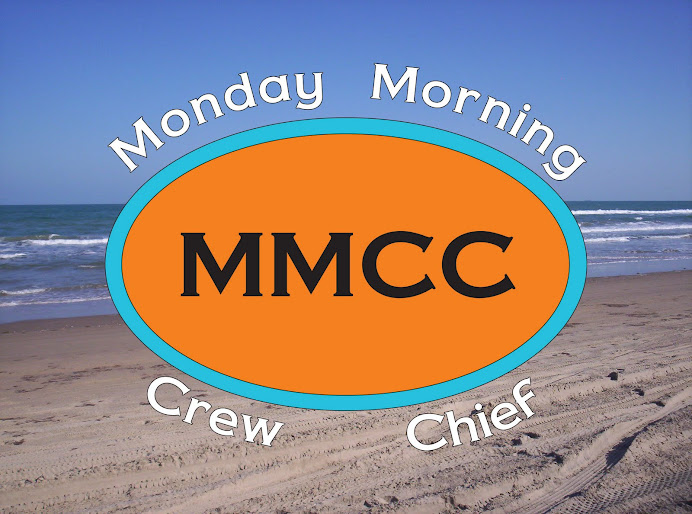Once Talladega Superspeedway received new asphalt in 2006 and Daytona International Speedway got a fresh surface for 2011, the style of racing at the two tracks changed dramatically, and not necissarily for the better.
Gone were the 30-car packs that had drivers lined up three-wide six or more rows deep. Instead, drivers learned they could push the car in front of them and gain as much as 10 mph.
That lesson quickly did away with the packs and created restrictor-plate races that were at times downright tame until the end of the race. Nearly every two-car draft race ended in a photo finish, but that was about the only thrilling part of the race.
NASCAR fans quickly expressed their displeasure with the new style of restrictor-plate racing, and NASCAR officials went to work to phase out the two-car draft and bring back the large packs.
Well, they certainly accomplished that.
Through a myriad of changes to the cars, NASCAR teams came to Daytona for Speedweeks this year with a rules package that nearly eliminated the two-car draft. The large pack was back on display Saturday night, and my of my it was intense.
The only potential problem with the current restrictor-plate racing package is the vulnerability to large wrecks. The Budweiser Shootout had three crashes that involved six or more cars, two cars caught fire and Jeff Gordon flipped up onto his roof.
Those incidents started grumblings throughout the sport that maybe the new pack style of racing is no good either. Those grumblings, however, should be discarded.
I understand the safety issues. NASCAR doesn’t want to have huge wrecks that could potentially hurt drivers. Any reasonable fan should feel the same way. However, the Budweiser Shootout won by Kyle Busch on Saturday night was the most exciting restrictor-plate race start-to-finish since the 2007 Daytona 500 when Kevin Harvick edged out Mark Martin for the win.
There is simply nothing as intense as a three-wide pack of racecars filling up the track at speeds near or above 200 mph.
Nearly every wreck in the shootout was caused by a driver pushing another car on the left side of the bumper. That caused the front car to spin out.
We don’t need rule changes to fix that. The drivers simply don’t need to push the car in front of them.
People screamed for years and years before NASCAR used the Car of Tomorrow at Daytona in 2008 that drivers shouldn’t bump draft because it could spin out the car in front. The bumpers on the cars didn’t line up on the old car models, and drivers used the bump draft sparingly. Now they just need to go back to that approach.
If they want to push, great, they just have to be very careful with it and choose their opportunities wisely.
NASCAR did a great job with the current rules package for Speedweeks. This is as close to the old style of restrictor-plate racing the sport has seen in years, and the racing in the shootout was even more exciting than the old days.
In the days of the old pack racing, the front 10 to 15 drivers would eventually get lined up on the bottom and run single-file for a portion of the race. A pass for the lead was an incredibly difficult proposition.
Nobody got lined up single-file for more than two or three consecutive laps in the shootout and drivers were able to make passes all around the racetrack.
Although this might be heresy to some people, the current restrictor-plate rules package might produce the most exciting plate racing ever.
NASCAR officials worked hard to create the perfect mix of rules to create exciting racing. Here’s hoping they don’t succumb to pressure to try and fix a problem that no longer exists.
Monday, February 20, 2012
Subscribe to:
Post Comments (Atom)

No comments:
Post a Comment